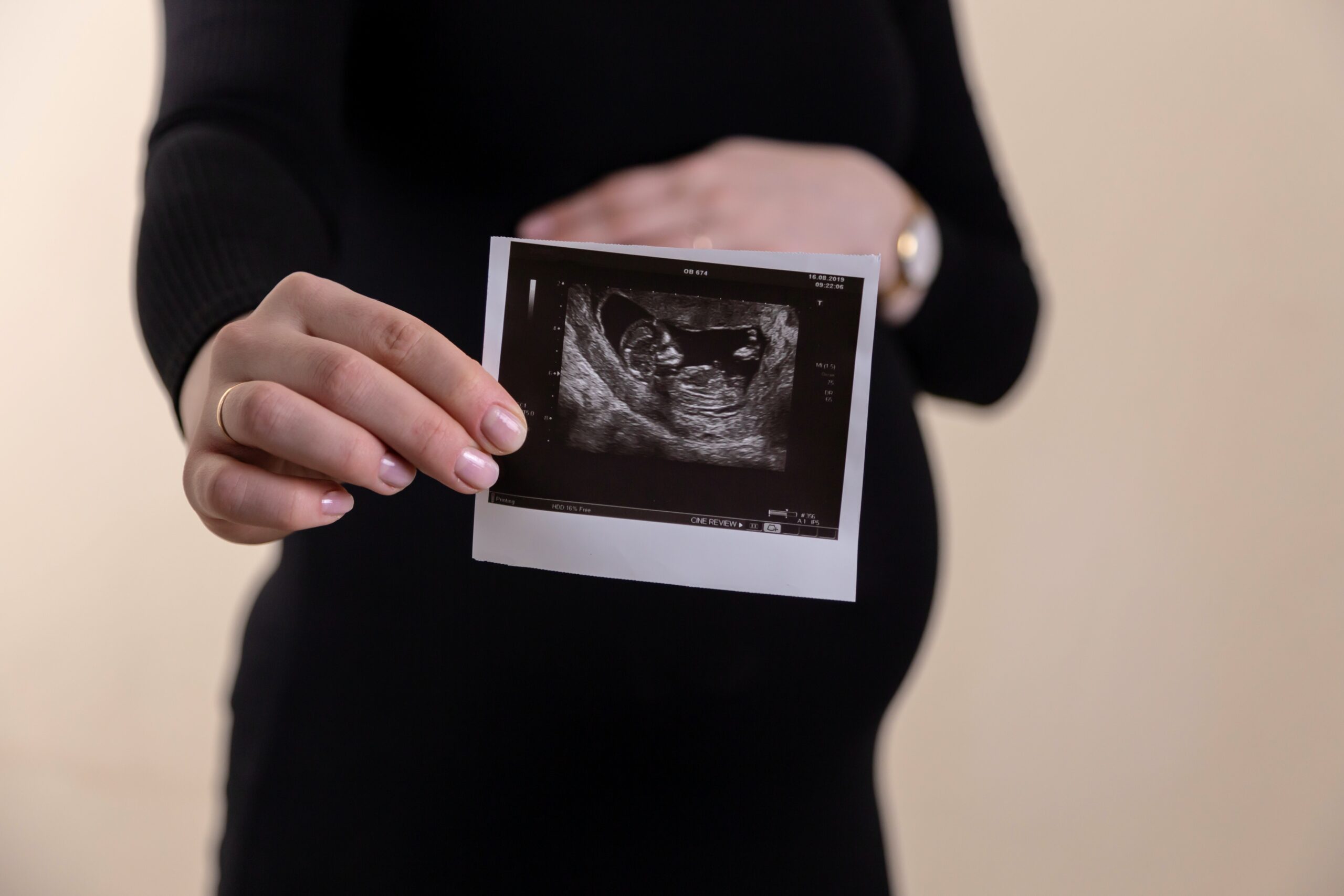Bringing a new life into the world is a profound experience, but unfortunately, not all birthing journeys unfold without complications. Birth malpractice, a distressing reality for some families, can have lasting effects on both the child and their parents. This blog post delves into the legal complexities surrounding birth malpractice, shedding light on the avenues available to those seeking justice.
Defining Birth Malpractice
Birth malpractice, also known as obstetric malpractice or birth injury, occurs when healthcare professionals fail to meet the standard level of care during the childbirth process, resulting in harm to the newborn or the mother. These cases can range from medication errors and misdiagnoses to surgical mistakes and inadequate monitoring.
Medical Negligence and Standard of Care
To establish a birth malpractice case, it’s crucial to demonstrate that the healthcare provider deviated from the accepted standard of care. The standard of care refers to the level of skill and competence that a reasonably prudent healthcare professional in the same field would provide under similar circumstances. Medical negligence occurs when a practitioner falls below this standard, leading to preventable harm. In the pursuit of justice for birth malpractice, affected families may consider filing a birth injury lawsuit to seek compensation for damages that result from medical negligence during the childbirth process.
Common Birth Malpractice Scenarios
Birth malpractice can manifest in various ways, each with its own legal implications. Some common scenarios include:
- Failure to Monitor: Inadequate fetal monitoring during labor can lead to delayed recognition of distress signals, potentially causing harm to the baby.
- Medication Errors: Administering incorrect medications or dosages during labor can have severe consequences for both the mother and the newborn.
- Misdiagnosis or Delayed Diagnosis: Healthcare professionals may misinterpret signs or symptoms, leading to a failure to diagnose conditions promptly. This delay can result in complications for both the mother and the baby.
Legal Recourse for Birth Malpractice:
When birth malpractice occurs, affected families may pursue legal recourse to seek justice and compensation. The legal process usually involves the following steps:
- Consult with an Attorney: Families affected by birth malpractice should have a consultation with an experienced medical malpractice attorney. These legal professionals specialize in navigating the complexities of healthcare-related lawsuits.
- Medical Expert Evaluation: Attorneys often collaborate with medical experts to assess the standard of care provided during childbirth. These experts play a crucial role in establishing the link between medical negligence and the resulting harm.
- Filing a Lawsuit: If there is sufficient evidence of medical negligence, the attorney may proceed to file a lawsuit against the liable healthcare provider or institution. This legal action seeks compensation for medical expenses, pain and suffering, and other damages incurred due to the malpractice.
Conclusion
Birth malpractice is a challenging and often emotionally charged issue that requires careful consideration of legal options. By understanding the legal landscape surrounding birth malpractice, affected families can take informed steps toward seeking justice and holding responsible parties accountable for the harm caused during the birthing process.














